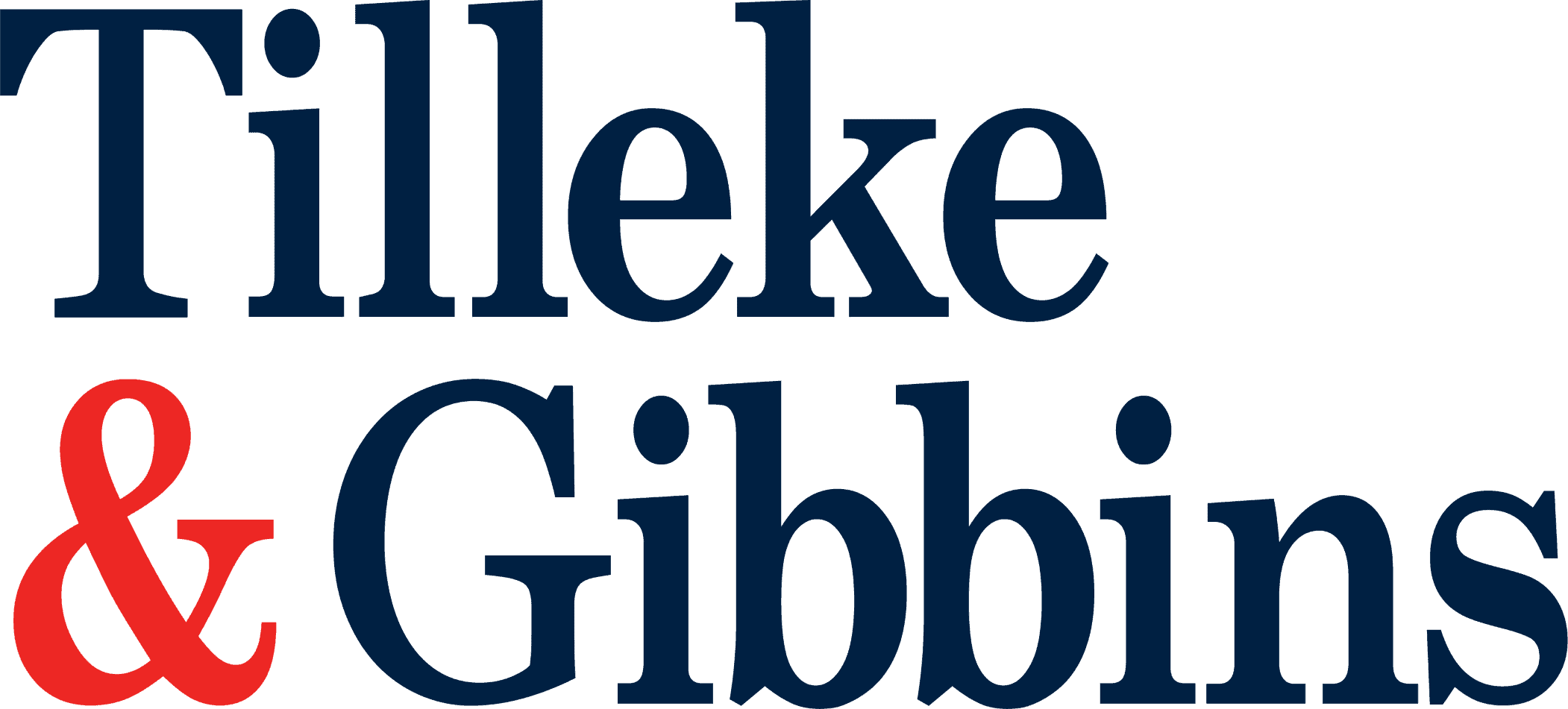
With a population of over 90 million, fast-paced economic growth, and an increasing standard of living, Vietnam has become a market with great potential for original brand name drugs. These drugs are marketed through numerous channels, with drug tenders called by health facilities being one of the most prominent and profitable.
For drug tenders, an original brand name drug can be offered in either a bidding package for generic drugs or a bidding package for original brand name drugs. The latter is more lucrative, of course, due to the higher prices. However, to qualify for the more lucrative bidding package, the drug must first be included in one of the following lists issued by the Ministry of Health (MOH):
- List of original brand name drugs;
- List of drugs therapeutically equivalent to original brand name drugs; or
- List of rare drugs.
As discussed below, for a company to get its drug added to the list of original brand name drugs in Vietnam, the most important factor is being able to prove that the drug is covered in the protection scope of a registered patent. This can be a difficult and time-consuming process without the assistance of an experienced patent expert in Vietnam.
Legal Background
Under Article 2.19 of the currently in force Law on Pharmacy of 2005, “brand name drugs” are defined as drugs with manufacturer-created trade names which differ from their international nonproprietary names or international generic names. There is no further definition, however, of “original brand name drugs.” This term appeared for the first time in Joint Circular No. 01/2012/TTLT-BYT-BTC of the Ministry of Health and Ministry of Finance, dated January 19, 2012, guiding tenders for drug procurement at health facilities (Joint Circular 01). According to Article 3.1 of Joint Circular 01, an “original brand name drug” is a drug permitted for circulation for the first time based on sufficient data regarding its quality, safety, and effectiveness. The same definition is retained under Circular No. 11/2016/TT-BYT, which took effect on July 1, 2016, and replaced Joint Circular 01 and the new Law on Pharmacy which is scheduled to take effect on January 1, 2017. Sometimes, such drugs are referred to as “innovator drugs.”
The procedural requirements for getting a drug recognized as an original brand name drug are found in Decision No. 2962/QD-BYT of the MOH dated August 22, 2012, providing interim guidance on the required documents for recognition of original brand name drugs, drugs with therapeutic equivalence to original brand name drugs, and drugs having documents on bioequivalence, as amended by Decision No. 1545/QD-BYT on May 8, 2013 (collectively, Decision 2962). Accordingly, applicants need to submit an application dossier to the MOH which includes:
- The standard form requesting the MOH to recognize a drug as an original brand name drug;
- The patent and an accompanying letter indicating the specific claims which protect the original brand name drug;
- The patent license agreement if the applicant is not the patent holder;
- A Certificate of Pharmaceutical Product, Free Sale Certificate, or Marketing Authorization; and
- Other documents, as necessary.
It is very important to note the requirement of accurately indicating the specific claims of the patent protecting the original brand name drug. The subject of this granted patent, which can be valid or expired, must be: (1) an active compound, if the drug contains one active substance; (2) a combination (mixture) of active compounds, if the drug contains more than one active compound; or (3) a pharmaceutical composition or preparation or formulation for injection, infusion, ocular treatment, spray, implant, transdermal patch, or gel. In addition, this patent must have been granted by the patent office of Australia, Austria, Brazil, Canada, China, Europe, Finland, Germany, Israel, Japan, Korea, Russia, Spain, Sweden, the United Kingdom, the United States, or Vietnam.
Application dossiers will be examined by a special committee including patent experts from the National Office of Intellectual Property (NOIP) of Vietnam and pharmaceutical experts from the Drug Administration of Vietnam (DAV) under the MOH. Successfully registered drugs will be added to the lists of recognized original brand name drugs (also called “innovator lists” or “IP lists”) issued by the MOH. The first list of original brand name drugs was issued on January 11, 2013. As of August 23, 2016, the MOH has issued 15 lists including 1,041 original brand name drugs, of which three products have been removed.
The Challenge of Proving Patent Coverage
Under the procedural requirements of Decision 2962, it is clear that to be included in the list of “original brand name drugs,” a drug must have been granted a patent, even if that patent is not still valid, and that the granted patent must satisfy certain requirements of subject type and territory.
As a practical matter, the most important factor in getting recognition of original brand name drugs is proving that the subject drug falls within the protection scope of the patent(s) being referred to. A drug may relate to a number of patents granted in various jurisdictions, and therefore, it may be difficult for pharmaceutical companies to determine which patents are suitable for recognition purposes. Pharmaceutical companies are advised to follow the process below:
Step 1: Choose patents granted by any of the 17 patent offices accepted for such purpose in Vietnam.
Step 2: Screen these patents by reviewing the granted claim sets for the accepted subject types (i.e., compound, combination, or composition patents).
Step 3: To prove that the patent(s) covers the drug, select a basic compound patent (for drugs with one active substance) or a combination patent (for drugs with two or more active substances).
For drugs containing active substances of a chemical nature whose relevant compound patents are characterized by names or structures of the compounds, registration dossiers are likely to go smoothly and will be accepted within about six months. For other drugs, especially biological drugs, the MOH is often very reluctant to examine their registration dossiers, leading to a delay. Therefore, applicants in those cases should submit detailed documentary references (e.g., claim analysis, reliable evidence for structures and other features of active substances in drugs, documents comparing each feature cited in particular claims to the corresponding feature of the active substances in the drugs and comments on the identicalness/similarity of these features, etc.). These references can be helpful in convincing the competent authority that the drugs are or were protected by particular claims in particular patents and to shorten the registration timeline.
Other challenges often arise in proving the chain of title to patents, especially in cases where patent holders have been merged or dissolved.
Summary
Being included in the list of original brand name drugs plays a vital role in tenders called by public health facilities. The later a drug is added to the list of original brand name drugs, the fewer opportunities it will have to participate in original brand name drug tenders. In other words, pharmaceutical companies may miss opportunities to build market share in Vietnam.
To improve the transparency and efficiency of drug tenders, the MOH should complete the legal regulations regarding procedural requirements for getting original brand name drugs recognized. Additionally, the NOIP and the DAV should cooperate to hold seminars or training courses to help pharmaceutical companies get a deeper understanding of patent aspects related to original brand name drug tenders. In the meantime, as a proactive step for their benefit, pharmaceutical companies should consider seeking appropriate assistance from patent experts to effectively handle their patent matters in getting their drugs recognized on the lists of original brand name drugs.
